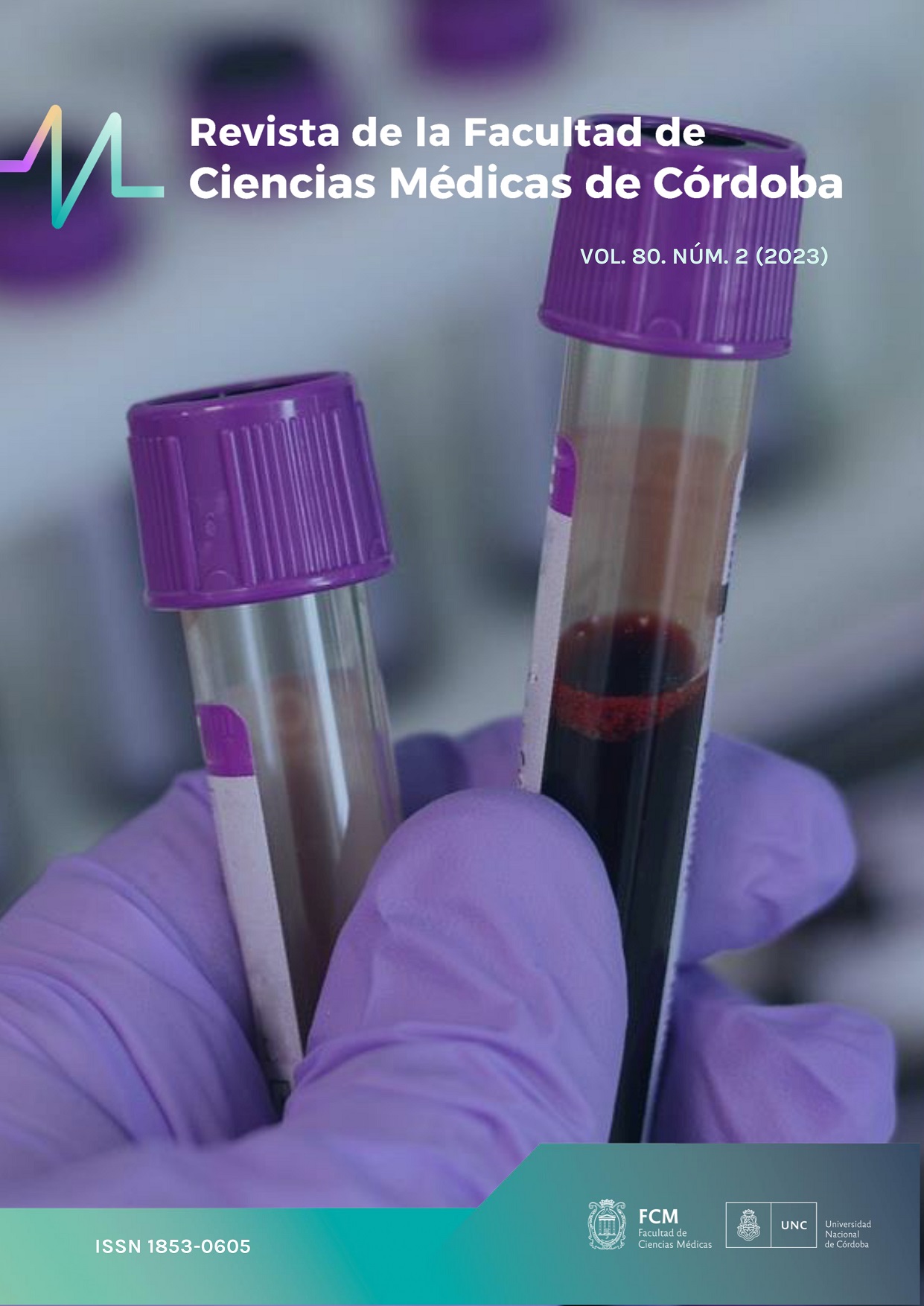Pre- and perinatal risk factors and socioeconomic factors associated with cerebral palsy in Argentina: Findings from the Argentine cerebral palsy registry (RAR-PC)
Keywords:
Cerebral Palsy, risk factorsAbstract
The estimated incidence of cerebral palsy (CP) ranges from 1.8/1000 births in industrialized countries to 3.4 in low- and middle-income countries. In 80% of cases the cause of CP cannot be clearly explained, some of the known risk factors (RF) are: prematurity, low birth weight, obstetric complications, birth asphyxia and socioeconomic factors. Objective: To characterize the risk factors present in the partial results of the Argentine registry of CP (RAR-PC) during the period 04/2021 to 07/2024.
Descriptive, cross-sectional, multicenter study. The population consisted of persons with CP aged 0 to 21 years from 7 Argentine provinces. A sequential sampling was performed, the variables evaluated were perinatal characteristics and socioeconomic factors. Data collection was done using the RAR-PC form with family surveys and information from medical records. Normal continuous variables were described as means with their SD or medians with IIC, as appropriate, and discrete variables as percentages with 95%CI.
A total of 424 records were collected. The mean age of the subjects was 8 years (±6). In the presence of RF, 238 (59.4% [CI95% 54.4;64.2]) had preterm delivery. 230 (54.2% [CI95% 49.3;59.0]) had complications during delivery, 200 (47.2% [CI95% 42.3;52.0]) suffered birth asphyxia and 291 (68.6% [CI95% 63.9;72.9]) required special care at birth. As a potential protective factor, the majority had complete prenatal care 349 (82.3% [ CI95% 78.3, 85.8]). Among the most representative socioeconomic factors, most mothers had completed secondary school or higher 247 (58.3% [CI95% 53.4, 63.0]) and 258 (60.8% [CI95% 56.0-65.4]) had private health care service.
In Argentina, many of the cases diagnosed with CP presented preterm births, had complications during delivery and required special care at birth. It should be noted that most of the population surveyed had private health care service and had complete prenatal check-ups.
Downloads
References
.
Downloads
Published
Issue
Section
License
Copyright (c) 2024 Universidad Nacional de Córdoba

This work is licensed under a Creative Commons Attribution-NonCommercial 4.0 International License.
The generation of derivative works is allowed as long as it is not done for commercial purposes. The original work may not be used for commercial purposes.



